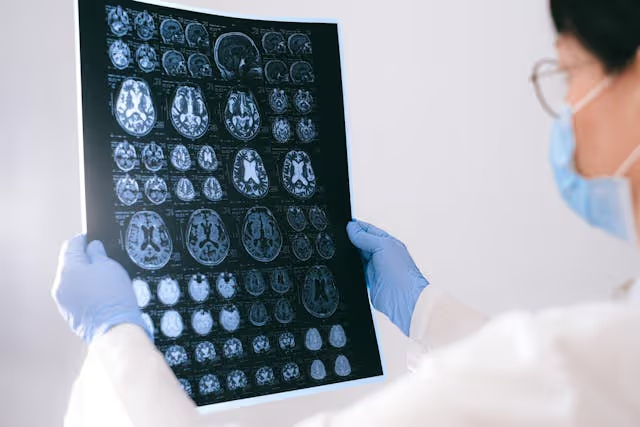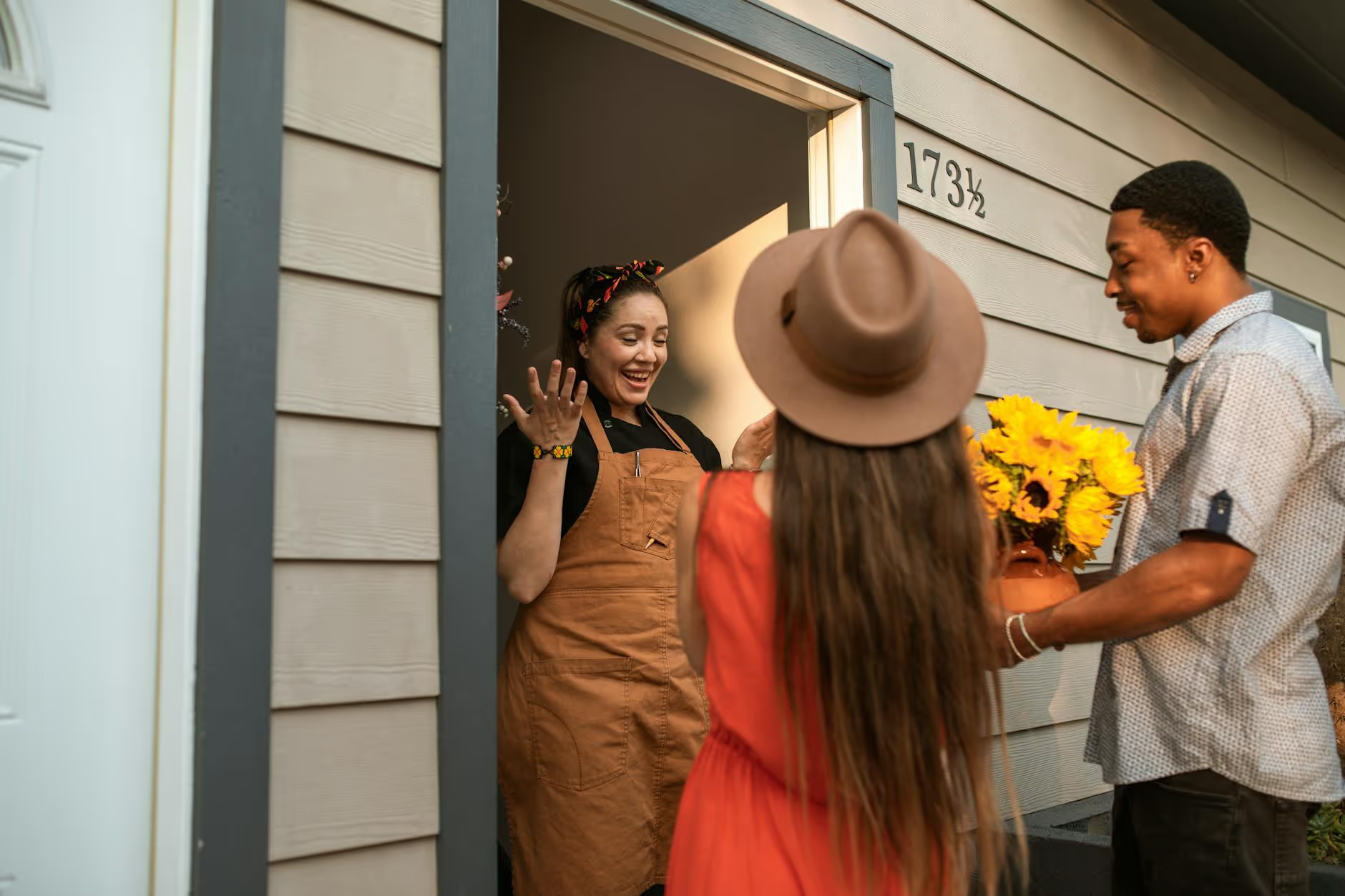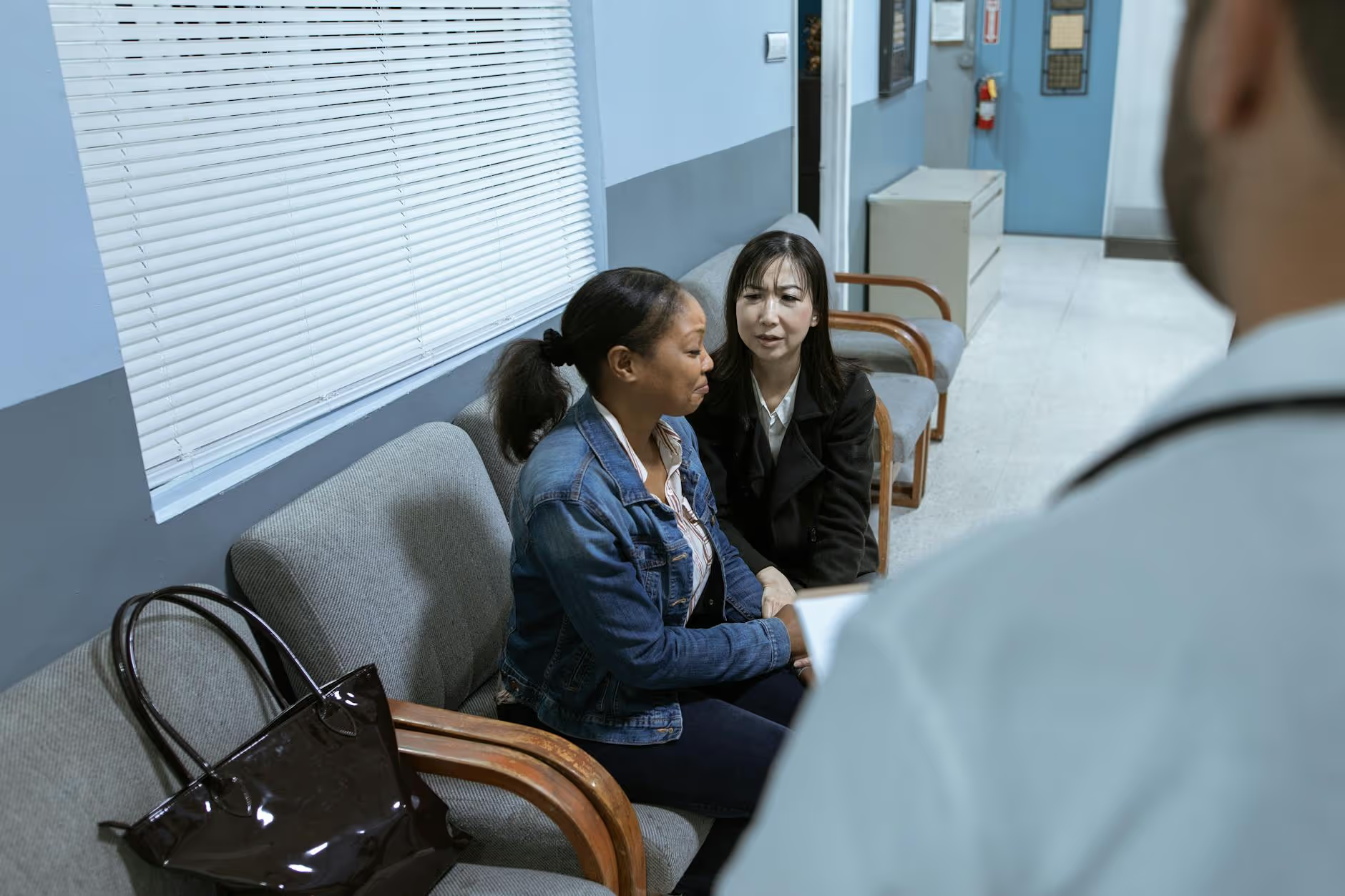How to Minimize Fall Risks for Older Adults
January 3, 2025
Strategies to Reduce the Risk of Falls in Seniors


Introduction
Falls pose a significant health risk to older adults, being a leading cause of injury and even death in this demographic. As we age, the likelihood of falls increases due to a combination of physiological, medical, and environmental factors. Understanding these risks and implementing fall prevention strategies is crucial to maintaining safety and independence for seniors.
Understanding the Risk Factors for Falls in the Elderly

What are the risk factors for falls in the elderly?
Falls in older adults result from a complex interplay of risk factors, which can be categorized as intrinsic, extrinsic, and situational.
Intrinsic Factors
- Age: As people age, the risk of falls naturally increases.
- Muscle Weakness: Reduced strength can impact balance and stability.
- Balance and Gait Problems: Difficulties in walking or maintaining balance can significantly elevate fall risks.
- Sensory Impairments: Vision and hearing loss are common issues that contribute to falls.
- Cognitive Decline: Conditions like dementia affect spatial awareness and risk assessment.
- Chronic Health Conditions: Diseases such as diabetes can produce complications that increase fall likelihood.
Extrinsic Factors
- Environmental Hazards: Poor lighting, uneven surfaces, and lack of stable handrails can lead to accidents.
- Inappropriate Footwear: Wearing unsuitable shoes like high heels or slick soles can contribute to falls.
Situational Factors
Older adults often encounter falls when distracted or rushing through daily tasks. This behavior can exacerbate the risk posed by both intrinsic and extrinsic factors.
Stats on Fall Mortality
The statistics are alarming: more than 25% of adults aged 65 or older fall each year, and falls represent the leading cause of injury-related mortality in this demographic. In 2021 alone, more than 38,000 deaths among older adults were attributed to falls, highlighting the need for awareness and prevention strategies.
Understanding these risk factors is crucial for developing effective prevention programs that address the specific challenges faced by the elderly.
Effective Strategies to Reduce Fall Risk

How can we reduce fall risk in the elderly?
To reduce fall risk in the elderly, it's essential to engage in regular physical activities. Exercises such as walking, water workouts, and tai chi help improve strength, balance, coordination, and flexibility. Not only does staying active maintain mobility, but it also enhances overall physical health, significantly decreasing the likelihood of falls.
Consulting a healthcare provider is crucial. They can help identify personal fall risks through comprehensive assessments and reviews of medications that may contribute to falls. Evaluating medications, especially for side effects like dizziness or sedation, is important in mitigating risks.
Benefits of physical activity
Engaging in routine physical activity strengthens the core and leg muscles, crucial for maintaining stability. Programs like the Otago Exercise Program and Tai Chi are specifically designed to enhance balance and are particularly effective when practiced consistently. The recommendation for older adults is to aim for 150 minutes of moderate activity weekly, focusing on exercises that improve coordination and stability.
Role of healthcare providers
Healthcare providers play a pivotal role in fall prevention. They are encouraged to utilize resources such as the CDC's STEADI Initiative for better risk assessment and management strategies tailored to individual needs. Regular health checks, including evaluations of fall history and balance, enable proactive measures to be implemented. This personalized approach increases the effectiveness of preventive strategies for older adults.
Home safety improvements
Home modifications can dramatically reduce fall risks. Ensuring that homes are free from clutter, securing loose rugs, and enhancing lighting are simple yet effective strategies. Installing safety devices like handrails, grab bars in bathrooms, and utilizing non-slip floor materials can provide significant support. Wearing well-fitting, sturdy shoes with nonslip soles adds another layer of protection against slips and falls.
This multi-layered approach to fall prevention—incorporating physical activity, healthcare consultations, and home safety improvements—empowers older adults to enhance their safety and independence.
Key Components and Guidelines for Preventing Falls

What are the key components of fall prevention guidelines?
Preventing falls among older adults requires a multifaceted approach, incorporating various strategies that cater to individual needs. These guidelines are essential to enhance safety and reduce the risk of injuries:
Risk Assessments
- Regular assessments should be conducted by healthcare providers to identify personal risk factors. This includes evaluating medications that might cause dizziness, as well as checking for vision issues and health conditions affecting balance.
Exercise Recommendations
- Engaging in regular physical activity can significantly lower fall risks. Exercise programs like tai chi and the Otago Exercise Program focus on enhancing strength, balance, and flexibility. Regular participation in balance exercises, such as standing on one foot or performing the Sit-to-Stand exercise, is encouraged.
Home Safety Tips
- Modifying the home environment is crucial. Here are some key recommendations:
- Remove clutter and secure loose rugs to minimize trip hazards.
- Ensure good lighting, especially in hallways and staircases, by installing nightlights and using bright bulbs.
- Equip bathrooms with grab bars and keep commonly used items within easy reach in the kitchen.
- Wear well-fitting, nonskid shoes to prevent slipping.
- Modifying the home environment is crucial. Here are some key recommendations:
Implementing these guidelines, along with personalized interventions tailored to each individual, can greatly improve safety and reduce fall risks for older adults.
Understanding the 5 P's and 4 P's of Fall Prevention

What are the 5 P's of fall prevention?
The five P's of fall prevention are Pain, Potty, Periphery, Position, and Pump. Each of these aspects plays a critical role in addressing specific needs that may increase a patient's risk of falling:
- Pain: It's essential to assess and manage any discomfort, as pain can limit mobility and increase fall risk.
- Potty: Supporting residents with bathroom needs helps prevent hurried movements, reducing the chance of falls.
- Periphery: Ensuring personal items are within easy reach minimizes the need for stretching or straining, which can lead to unsteady movements.
- Position: Arranging residents in comfortable and safe positions enhances their ability to move without incident.
- Pump: This refers to ensuring that vital items, such as call buttons or mobility aids, are within easy reach, promoting overall safety.
What are the 4 P's of fall prevention?
The 4 P's of fall prevention consist of Pain, Position, Placement, and Personal Needs:
- Pain: Addressing any discomfort is crucial to maintain stability and reduce fall risks.
- Position: Proper arrangement of residents ensures better safety and mobility.
- Placement: Items important to the individual should be positioned within easy access, curtailing unnecessary movements.
- Personal Needs: Acknowledging and addressing individual requirements helps craft effective, personalized care strategies.
It is vital for caregivers to work collaboratively with care teams, residents, and families to effectively implement strategies addressing these P's. In long-term care, falls are prevalent, with roughly 15% of residents experiencing a fall in the last month, and about half falling at least once a year.
Nursing and Universal Interventions for Fall Prevention

What are universal fall risk interventions?
Universal fall risk interventions in healthcare settings are essential for enhancing patient safety and improving quality of care. These strategies focus on familiarizing patients with their surroundings to promote comfort and awareness. Critical measures include ensuring that patients have easy access to their call light and understanding how to use it effectively. Personal belongings should also be within safe reach to minimize unnecessary movement.
Evidence-based practices play a vital role in implementing these interventions. Installing sturdy handrails in patient areas further reduces fall risk. Access to resources and research from credible organizations like the AHRQ helps guide the development of effective fall prevention strategies that are designed to lower incidents and improve patient outcomes.
What are some nursing interventions to prevent falls in older adults?
To combat falls among older adults, nursing interventions must start with comprehensive fall risk assessments. Tools such as the Morse Fall Scale help identify at-risk patients based on health histories and specific risk factors. Safety is paramount, thus nurses should work to eliminate hazards and provide non-slip footwear as well as ensuring proper lighting throughout living spaces.
Education is another critical aspect where nurses inform patients and families about the significance of assistive devices, including canes and grab bars, and the importance of maintaining physical activity to bolster strength and balance. Regular monitoring and scheduled assessments can proactively address potential fall risks. Collaboration with family caregivers to identify home hazards and encourage modifications is essential for effective prevention strategies.
Conclusion
Reducing the risk of falls is paramount for the safety and well-being of older adults. By understanding the risk factors and implementing comprehensive prevention strategies, including regular exercise, medication review, and home modifications, seniors can significantly mitigate their fall risks. A collaborative approach involving healthcare providers, caregivers, and family members is essential to support older adults in maintaining their independence and quality of life.
References
- Fall prevention: Simple tips to prevent falls - Mayo Clinic
- Fall Prevention: Balance and Strength Exercises for Older Adults
- 6 Steps to Help Prevent Falls in Older Adults
- Preventing Falls at Home: Room by Room | National Institute on Aging
- About Older Adult Fall Prevention - CDC
- How to prevent falls: Ways to reduce the risk for older adults
- How to Prevent Falls in Older Adults | URMC Newsroom
- Patient & Caregiver Resources | STEADI - Older Adult Fall Prevention
- Falls Prevention for Older Adults - National Council on Aging
- 4 Ways to Improve Fall Safety | Johns Hopkins Medicine



























































.jpeg)











































































































































































































.avif)























































.jpeg)

































































.jpeg)














.jpg)









































.jpeg)









































































.avif)




.avif)

















































.avif)






































































































































































